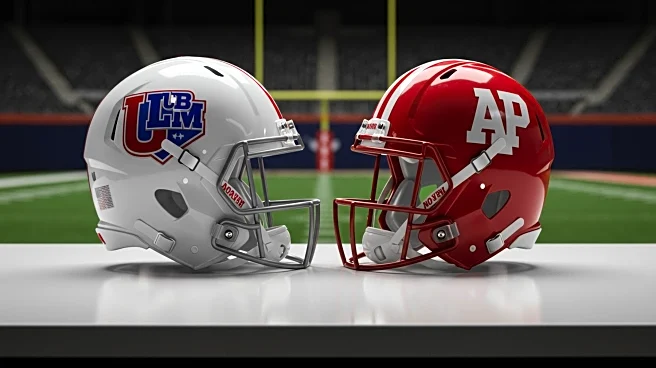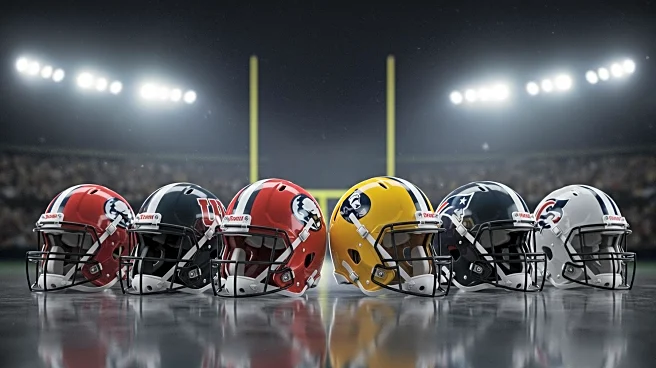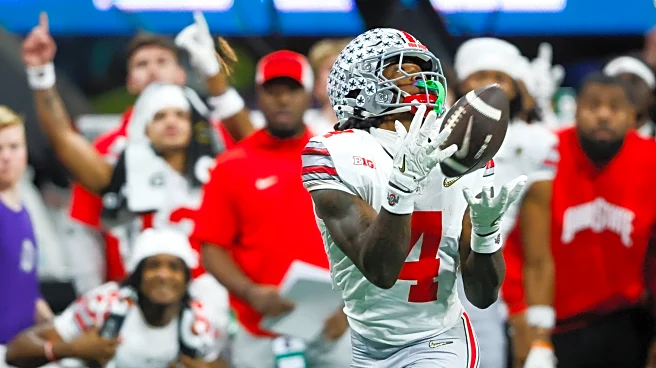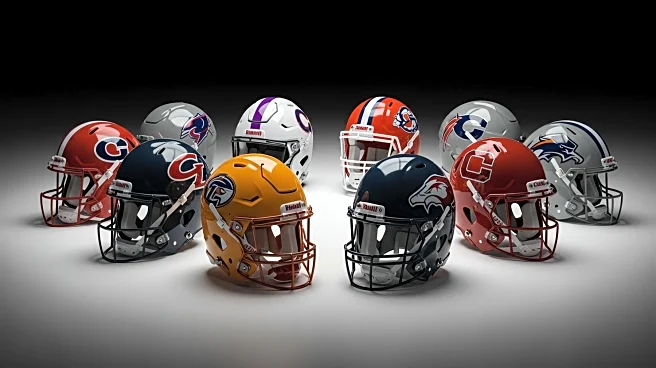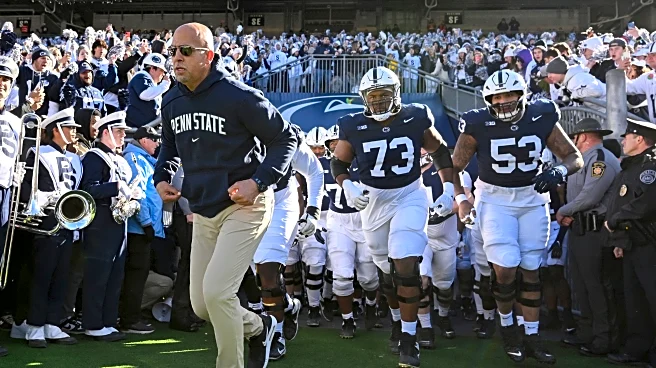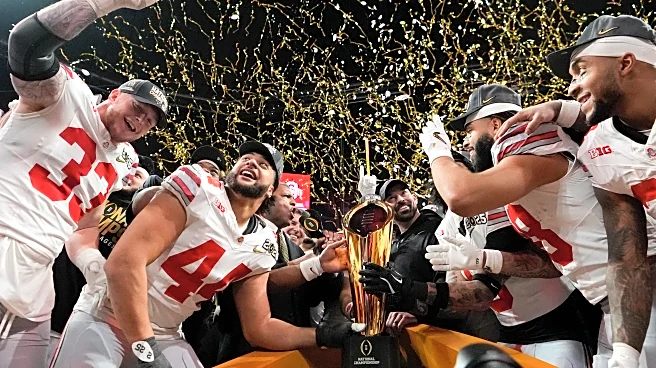What's Happening?
The college football preseason polls have revealed notable discrepancies between the AP Top 25 and the US LBM Coaches Poll, particularly affecting teams like Tennessee, Oklahoma, and Clemson. Texas is unanimously ranked as the preseason No. 1, but differences arise in subsequent rankings. Oklahoma is ranked 18th in the AP poll but is unranked by the coaches. Clemson is ranked 4th by the AP but 6th by the coaches, reflecting differing opinions on team strengths and potential. These discrepancies highlight the subjective nature of rankings and the varying criteria used by media and coaches to assess team capabilities.
Why It's Important?
Preseason rankings play a crucial role in shaping expectations and narratives for the college football season. They influence team morale, fan engagement, and media coverage, impacting recruitment and sponsorship opportunities. Discrepancies between polls can lead to debates about team strengths and weaknesses, affecting perceptions and strategies. For teams like Oklahoma and Clemson, differing rankings may motivate them to prove their capabilities on the field. These rankings also reflect broader trends in college football, such as the dominance of certain conferences and the shifting dynamics of team strengths.
What's Next?
As the season unfolds, teams will strive to validate or improve their rankings through performance. Coaches and players will focus on executing strategies that can lead to victories and potentially alter their standing in future polls. Analysts and fans will closely monitor games, assessing whether teams meet preseason expectations. The rankings will continue to evolve, reflecting game outcomes and the shifting dynamics of college football. Teams like Oklahoma and Clemson will aim to leverage their strengths and address weaknesses to climb higher in the rankings.



